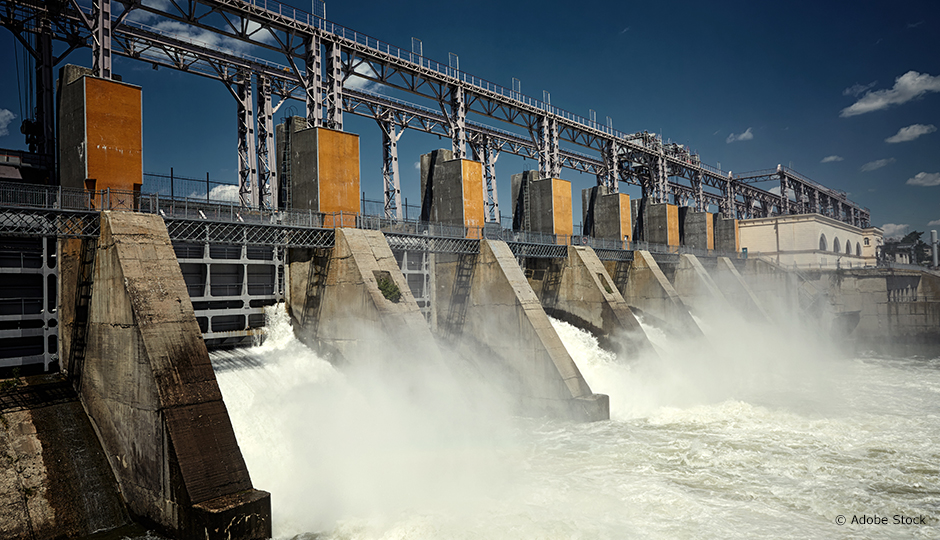
Some of Hydro-Québec’s power stations are more than 100 years old. The state corporation is looking for solutions to increase the service life of their turbines, which are not immune to cracking. Several strategies exist to analyze these steel structures, but little is known about the effect of water on the fatigue behaviour of these types of steel. Myriam Brochu, a professor in the Department of Mechanical Engineering at Polytechnique Montréal, is working on analyzing the fatigue mechanisms in Hydro-Québec’s hydraulic turbines in order to understand how these materials are damaged in river environments.
The state corporation is looking for solutions to increase the service life of their turbines.
One of the techniques already used to close cracks consists of transforming one type of steel into another. This is what happens when austenite is converted into martensite by plastic deformation. The latter occupies a larger volume, causing the cracks to close. However, this new phase has its drawbacks: the fresh martensite is more brittle and more likely to degrade in an aquatic environment. So how can the strength of this material be optimized? By measuring the propagation speed of cracks in the laboratory and observing the broken surfaces, Professor Brochu’s research team was able to identify certain damage mechanisms, including hydrogen embrittlement, a process whereby hydrogen atoms make their way into the edges of cracks, breaking the bonds between the grains of steel. The strength of the material is thus reduced.
Ultimately, these observations could lead to a new thermal treatment or the development of an innovative chemical compound to increase the fatigue resistance of these materials. Hydro-Québec engineers are already using the test results to refine calculations of the risk of cracking in existing turbines and to improve the design rules for new turbines. This would improve reliability and flexibility by increasing equipment durability and dependability. Using these structures for a longer time will also reduce pressure on the environment.
